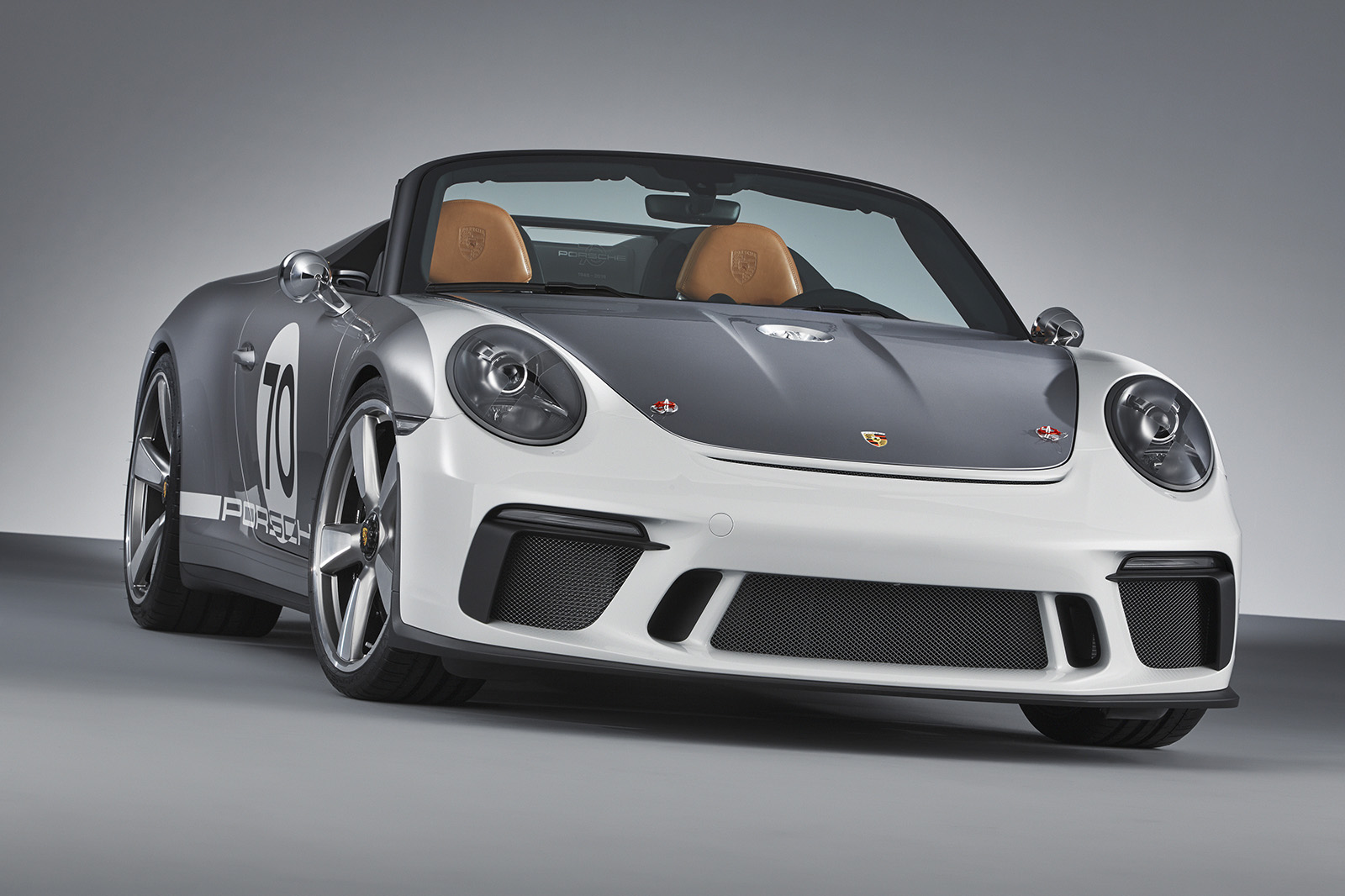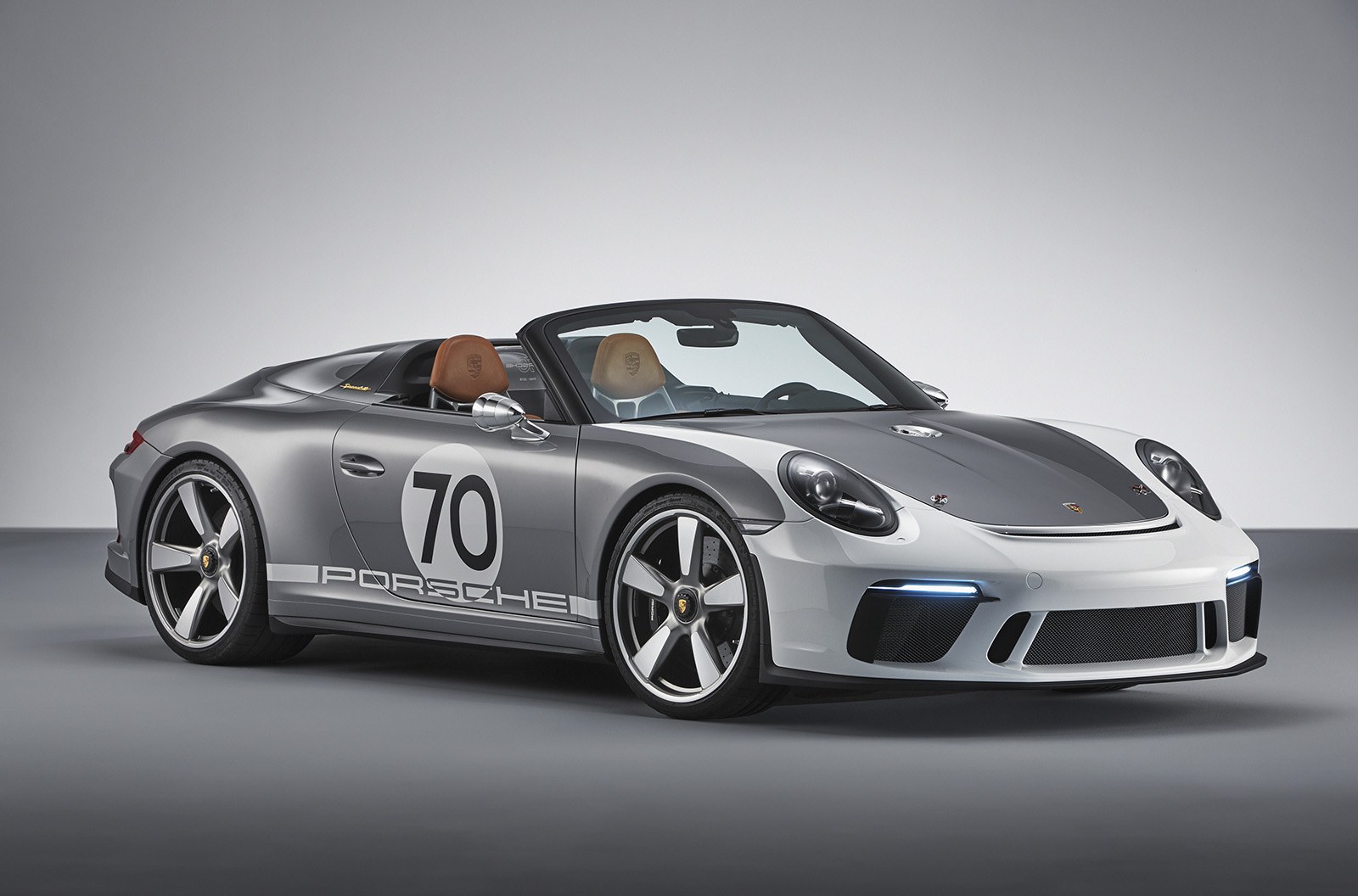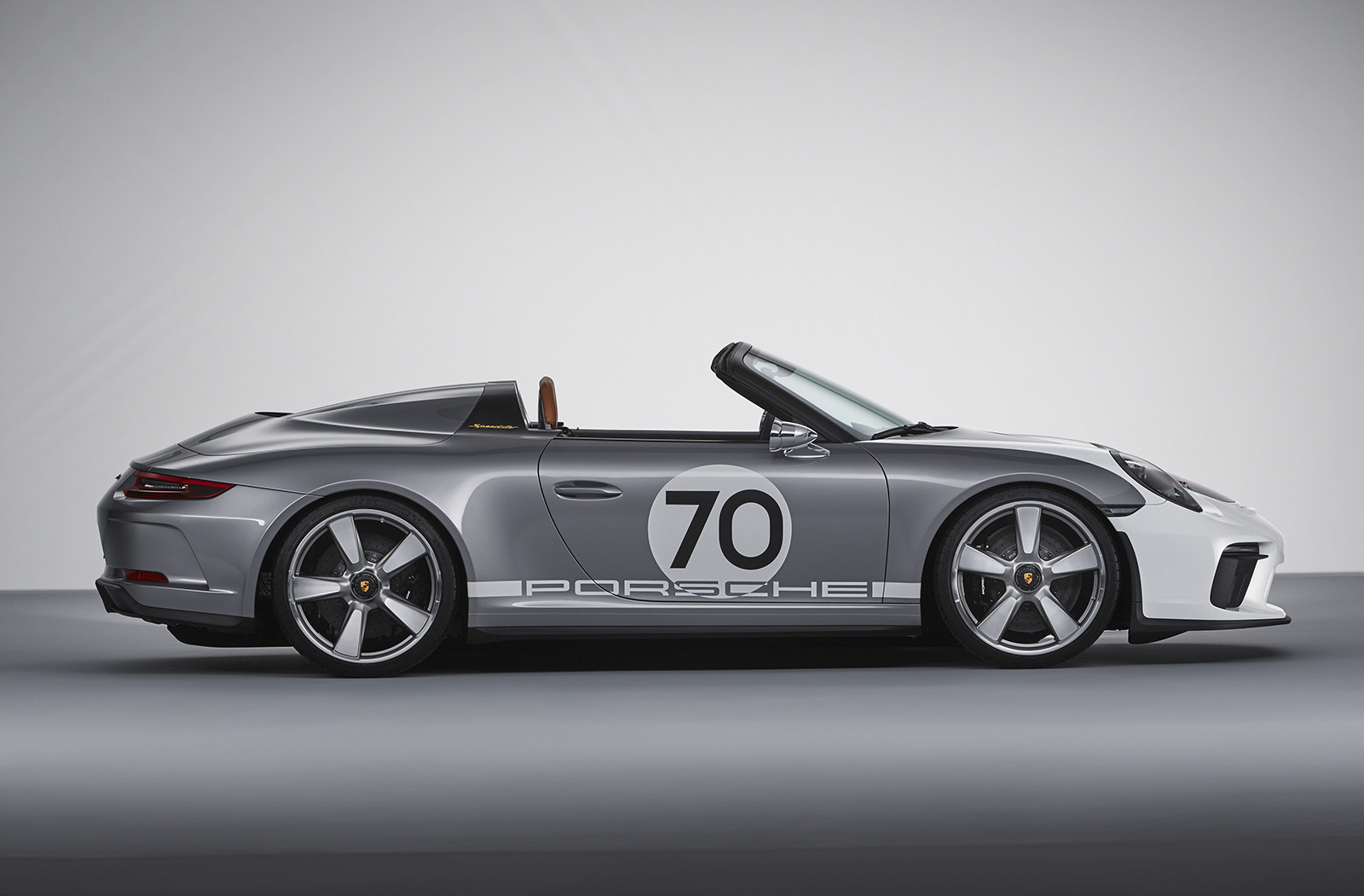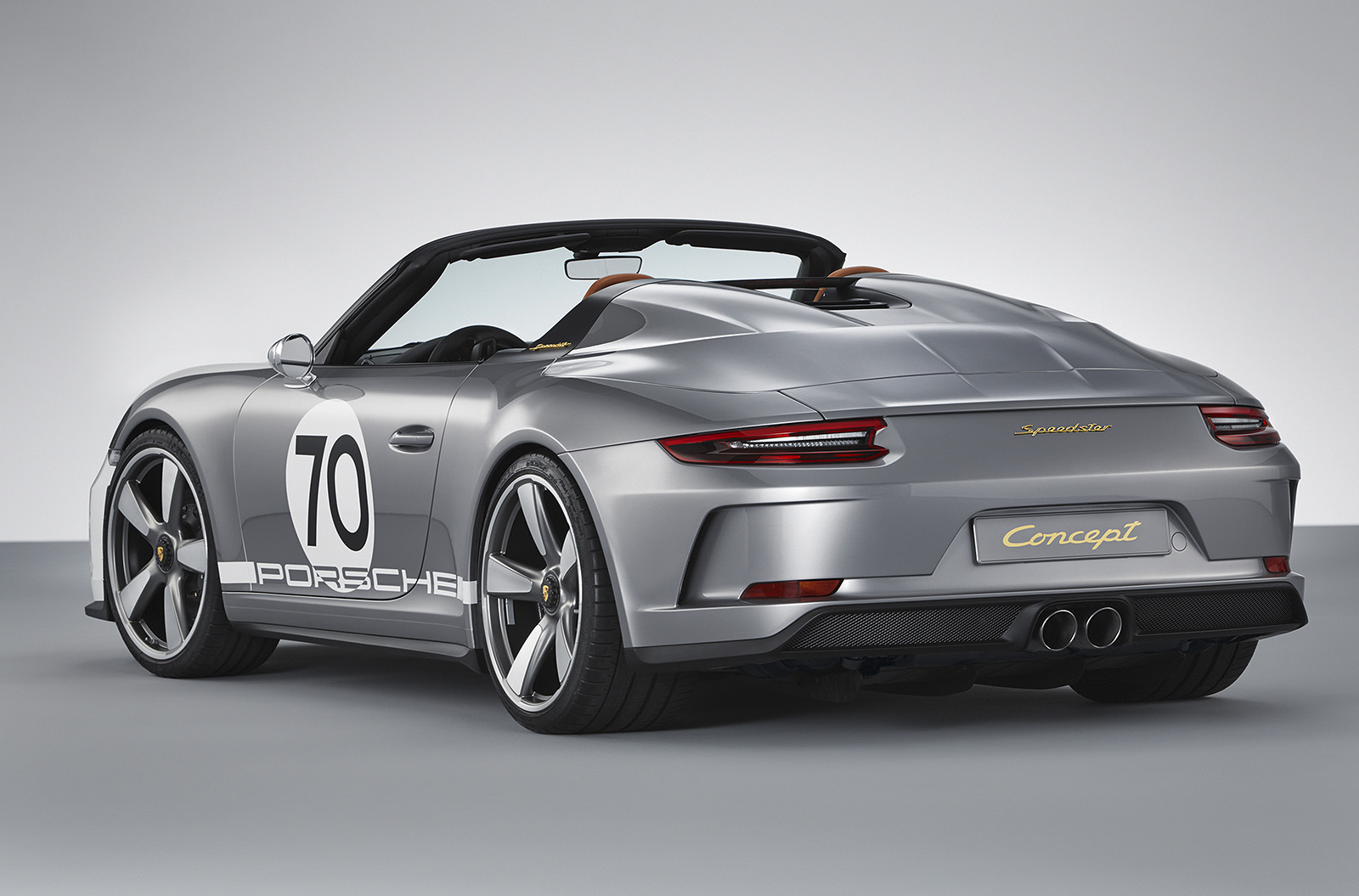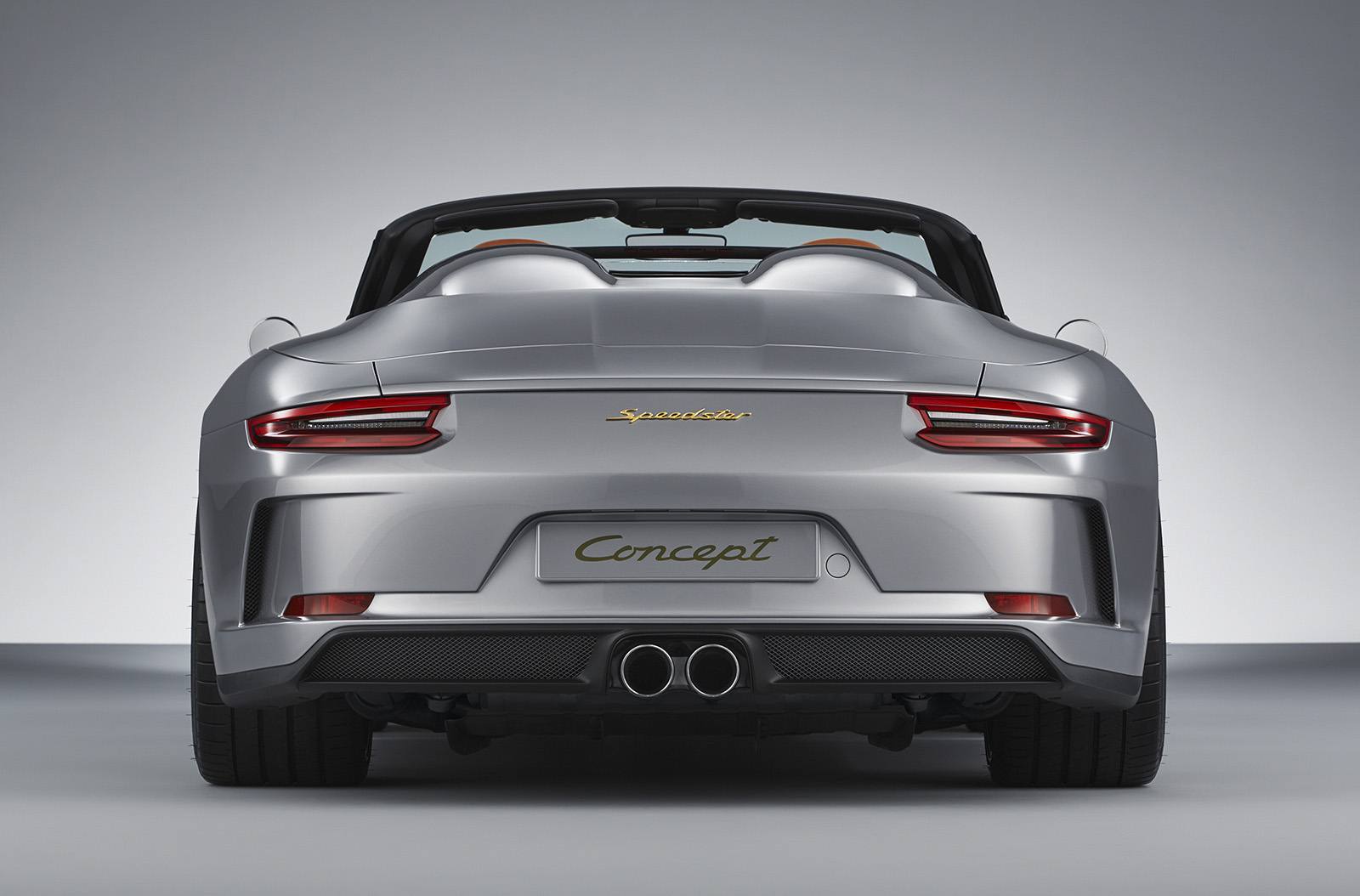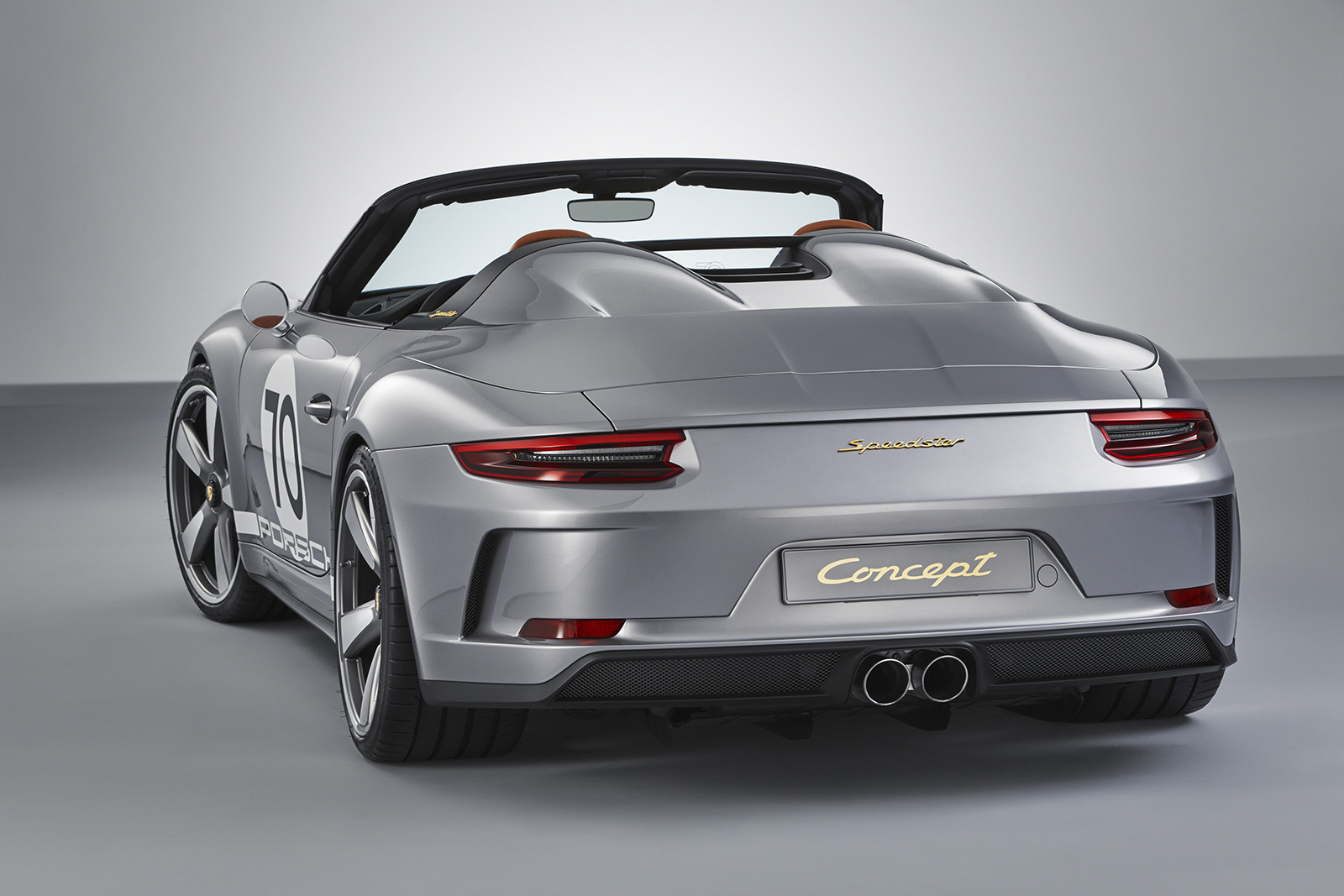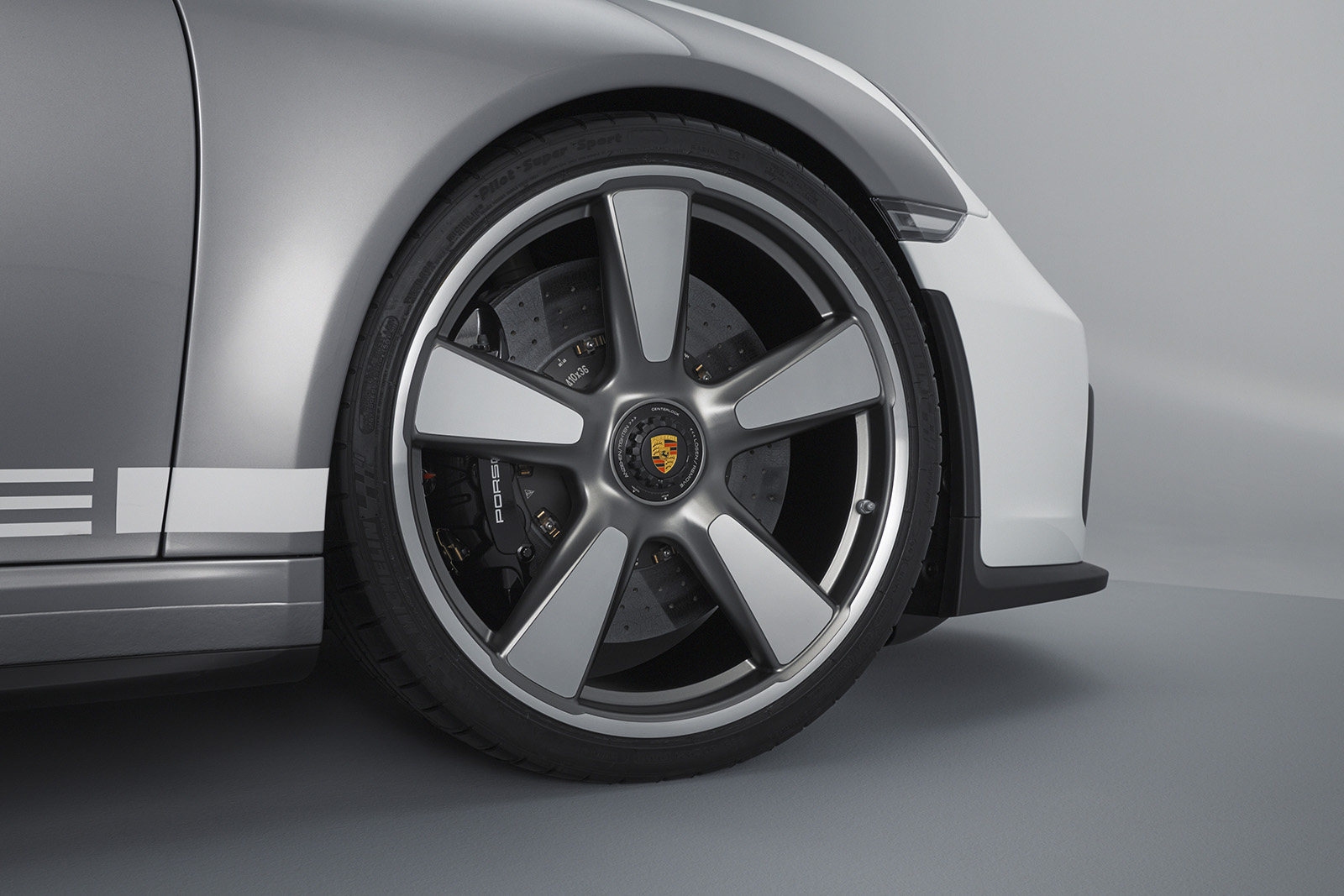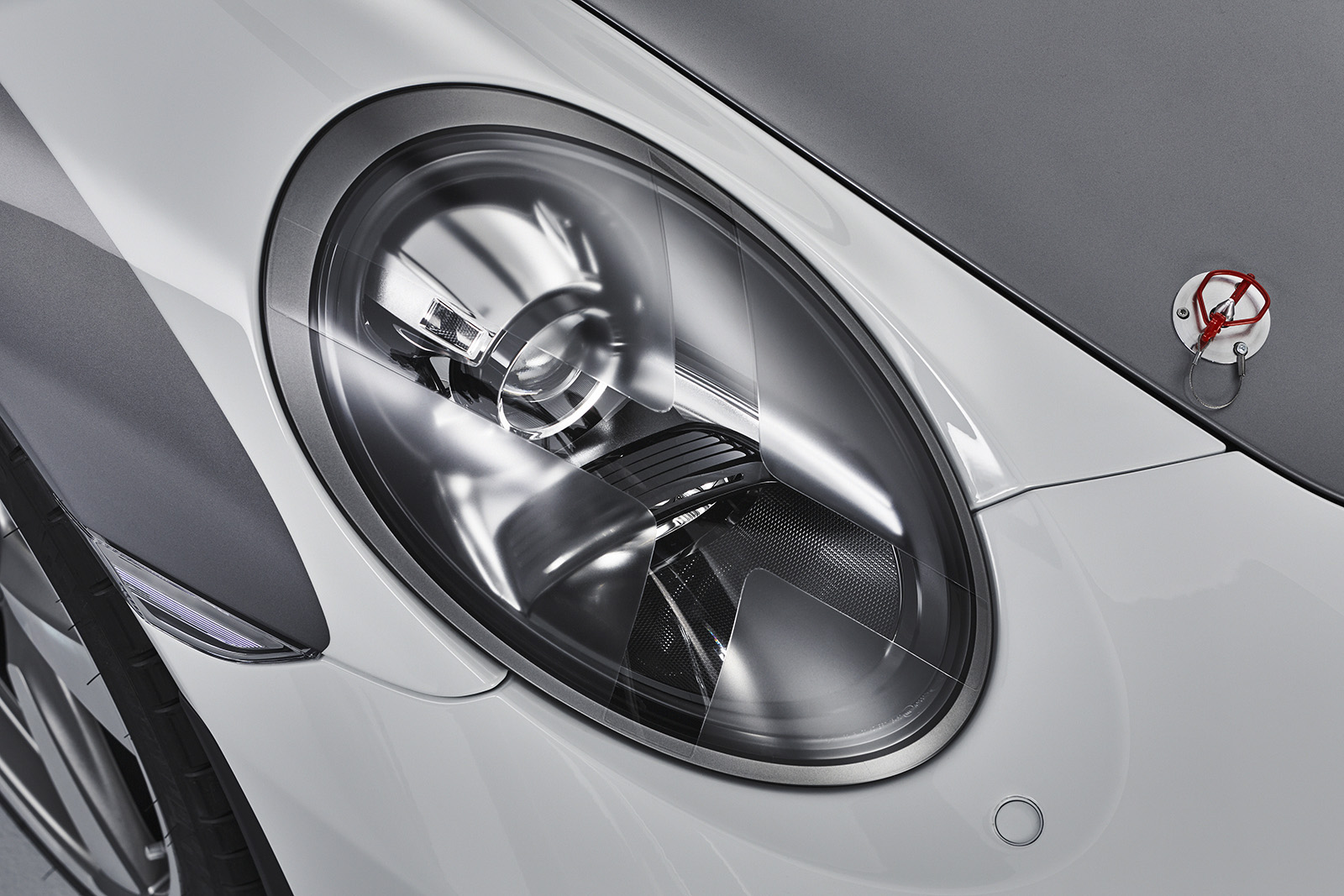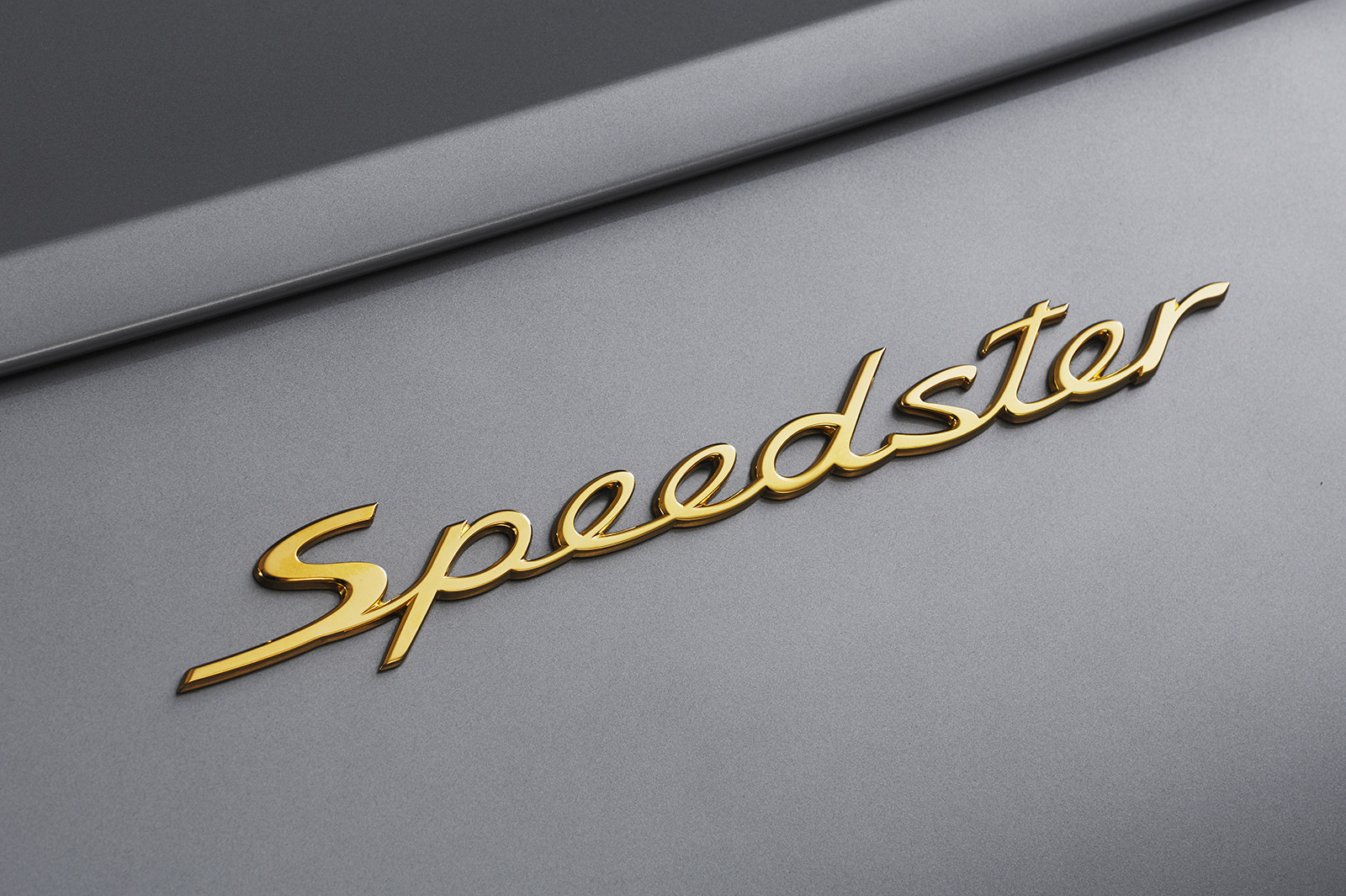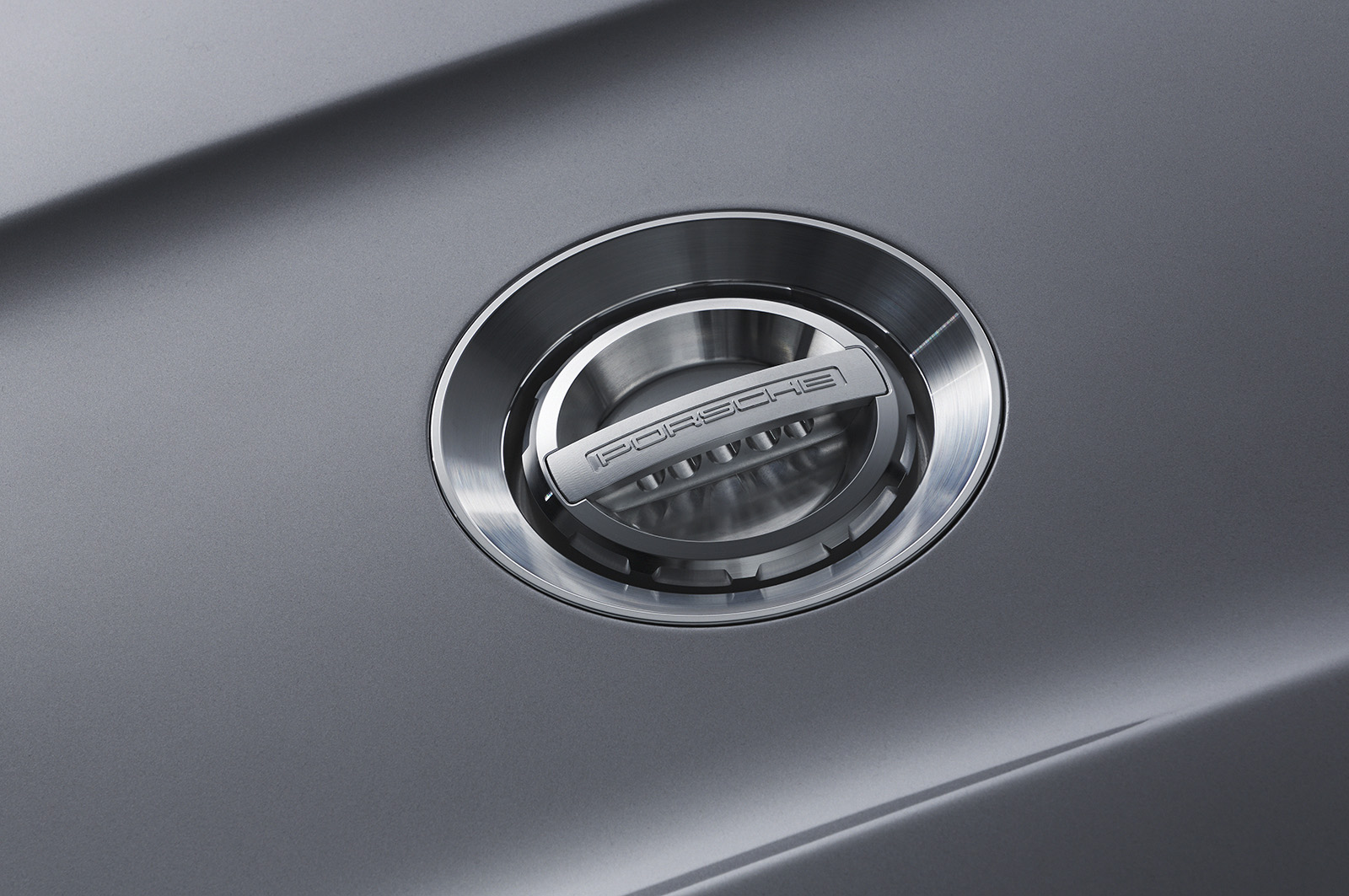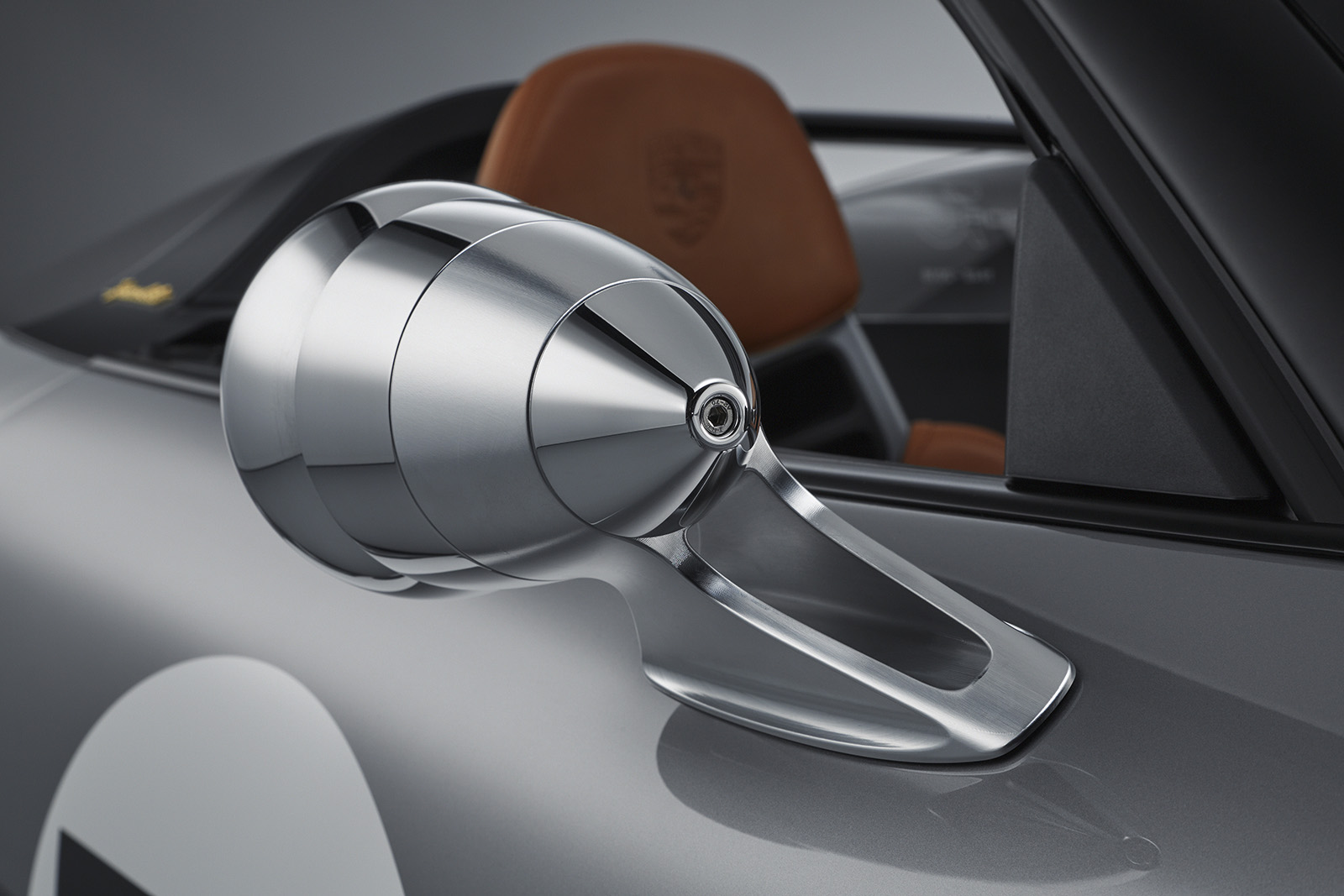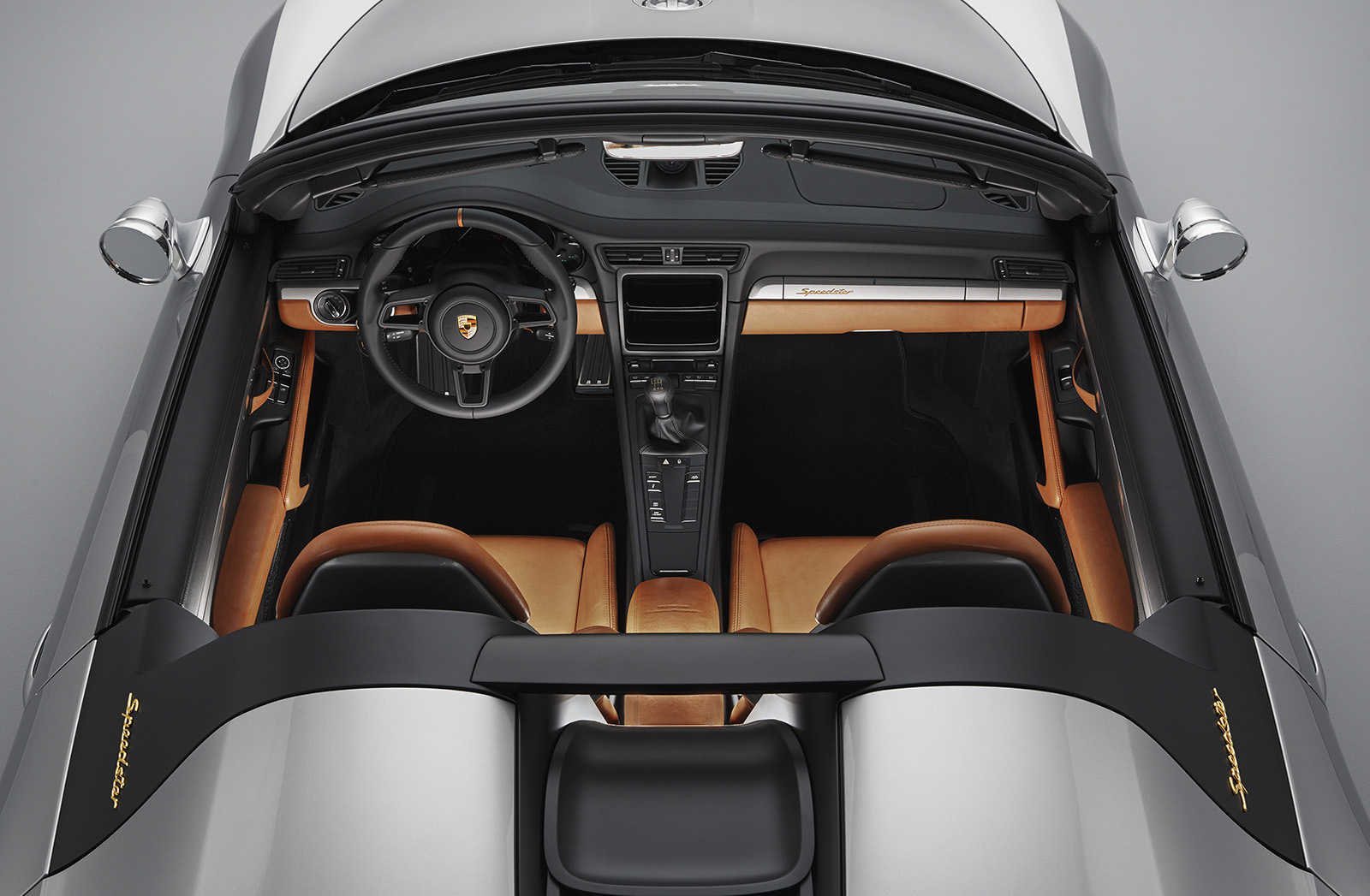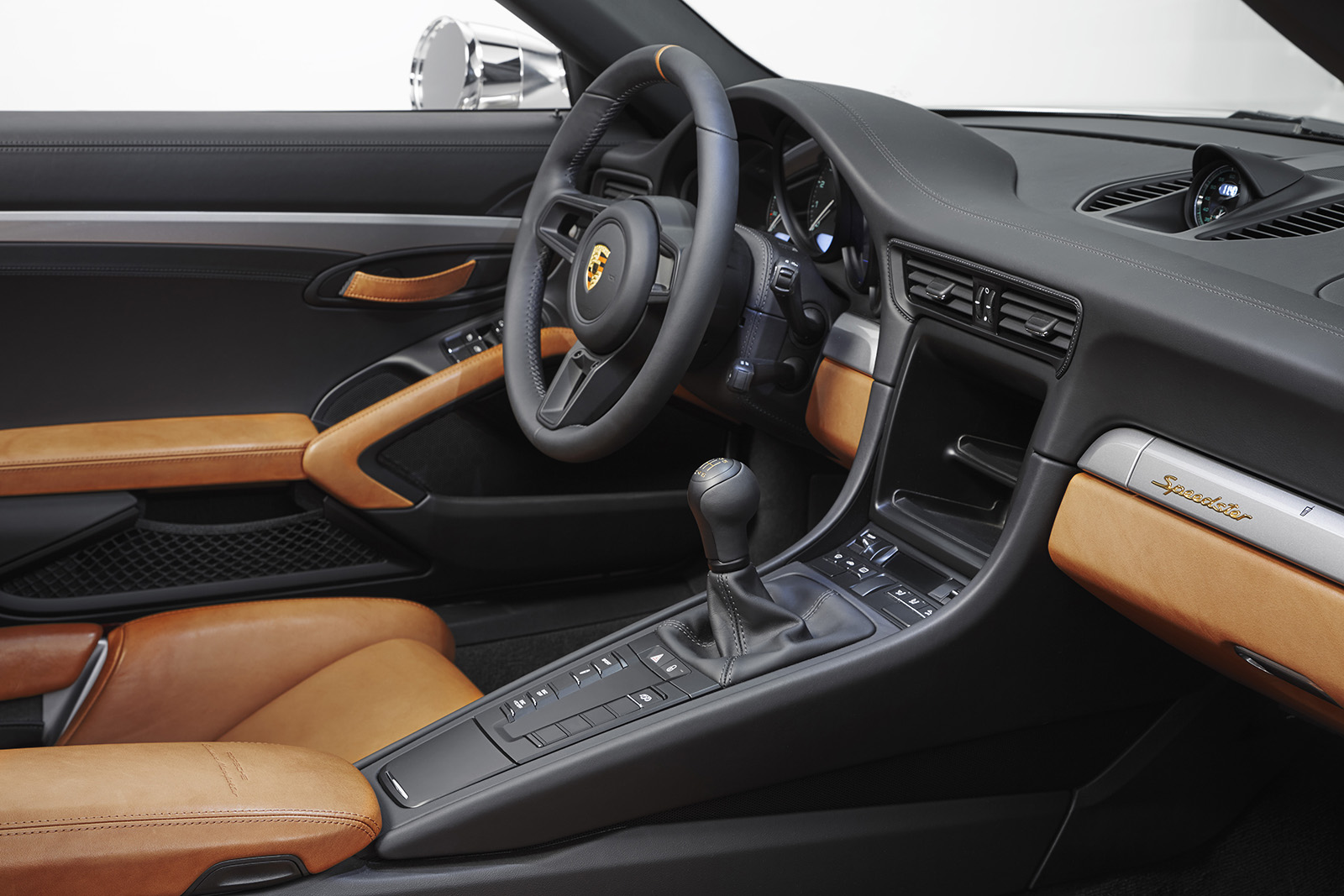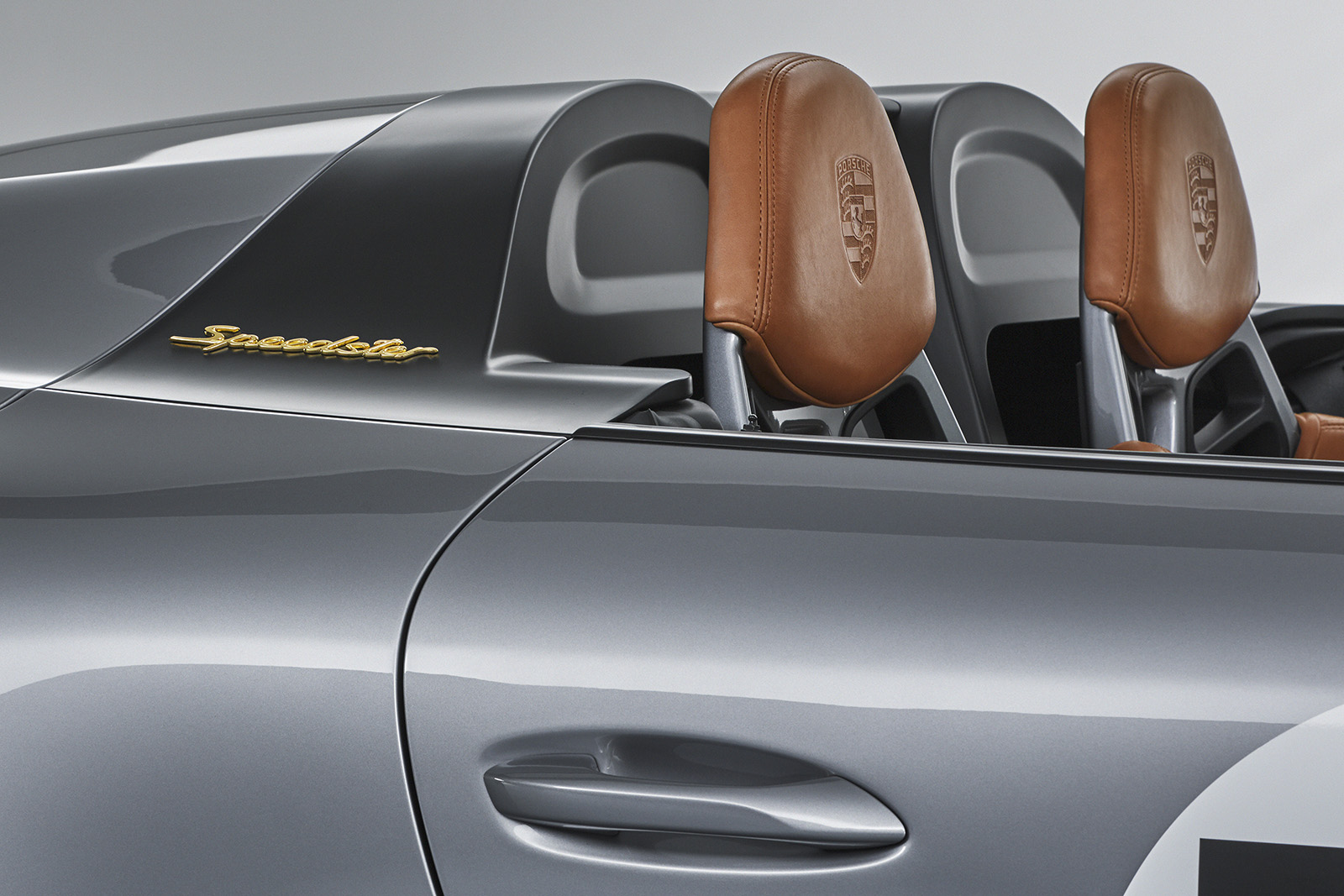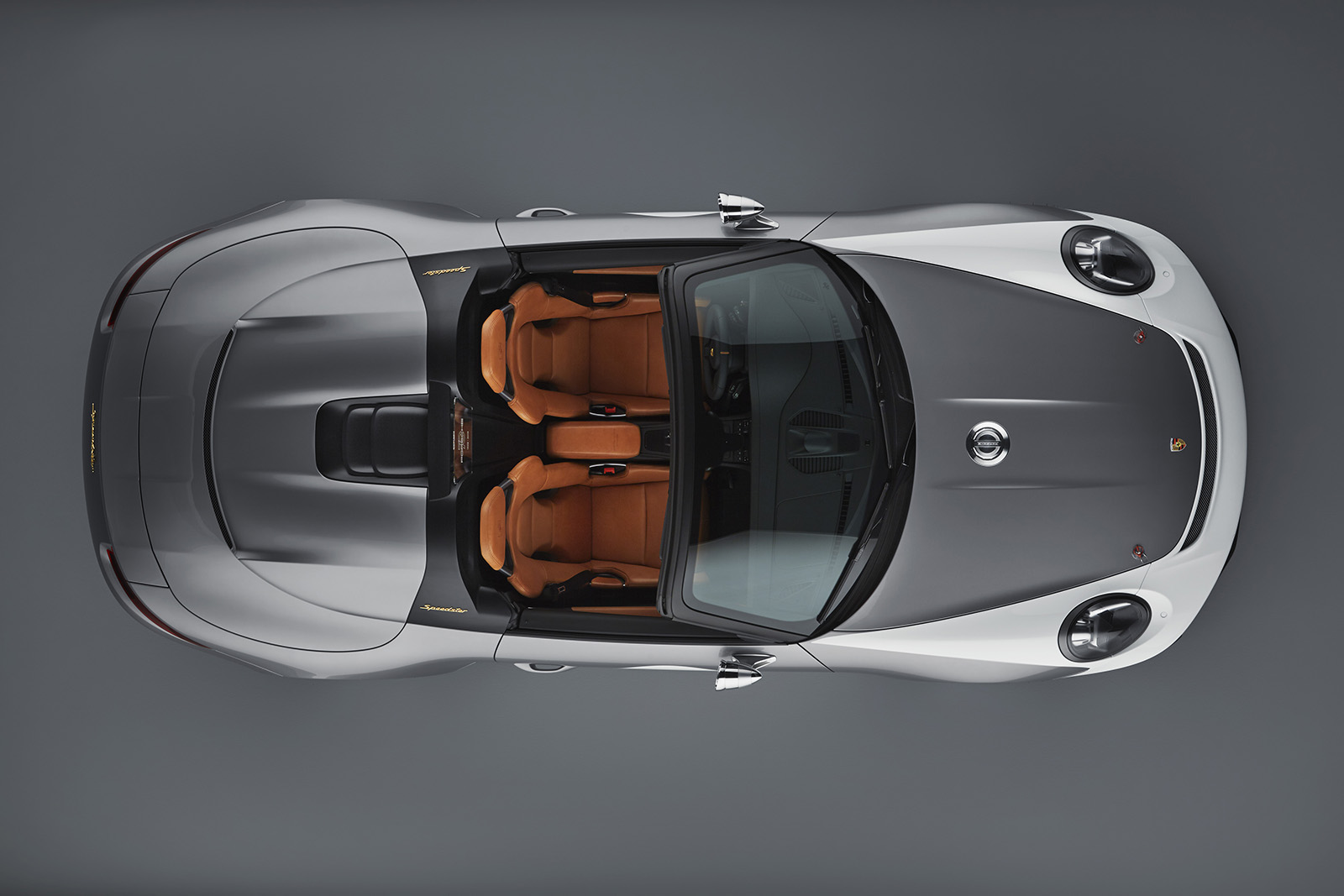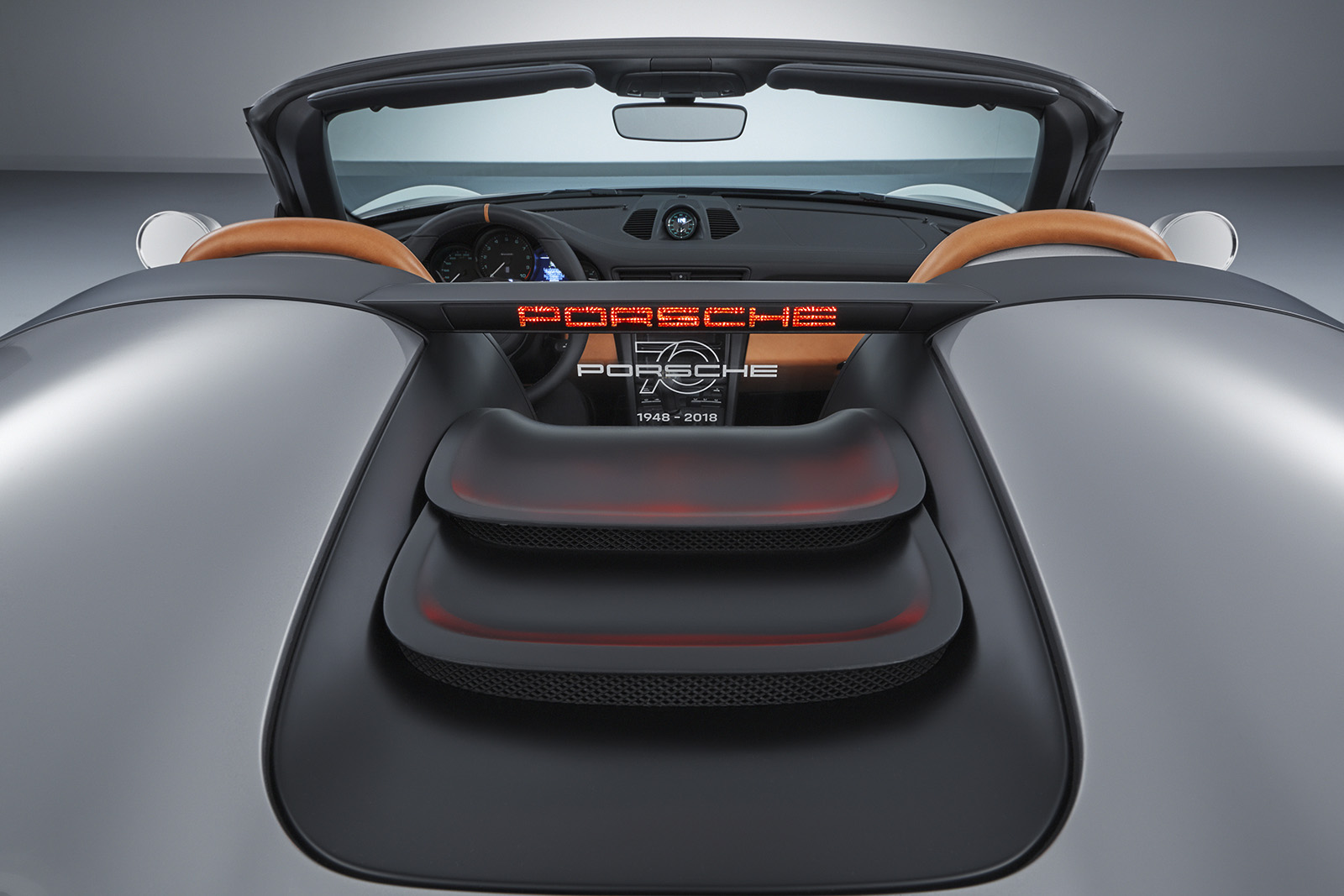Germany’s renowned luxury performance brand and prancing horse is celebrating its 70th anniversary this year. To commemorate “70 years of Porsche Sports Cars,” the company unveiled the new 911 Speedster Concept, which sports 500 horsepower of pure open-top, unbridled, and lightweight 911 performance.
Porsche has a long-standing tradition of not just making roadsters, but “speedster” type roadsters, where there’s no folding roof of any kind. Additionally, the Speedsters are typically stripped of creature comforts — like radio and air conditioning — to yield the purist performance driving experience that a P-car can offer. The windshield also has a lower profile to improve aerodynamics.
The tradition dates back as far as history’s first Porsche Type 356 and car “No. 1,” a roadster that began testing on June 8, 1948. Since then, the concept of a “purist” Porsche stuck. It wasn’t until 1952 that Porsche came up with a production-ready Speedster, called the 356 1500 America Roadster. It featured a completely handmade aluminum body and weiged nearly 130 pounds less than the traditional 356 Coupe. The result was performance never seen before, with a top speed of 108 mph from its 70-horsepower flat-four engine.
The Porsche 911 Speedster Concept starts life as a 911 Carrera 4 Cabriolet. Then all of the defining Porsche Speedster elements are applied. For instance, in place of the traditional folding convertible roof is a lightweight and special tonneau cover, only to protect the interior from the weather elements when parked. It’s fastened by eight purpose-designed Tenax fasteners.
To fulfill the “stripped down” characteristic of the Speedster, all the usual interior features, such as the radio, sat-nav, and air conditioning, are absent to save weight and improve performance. The bucket sport seats also contribute to weight reduction, being made entirely of lightweight and sturdy carbon fiber, wrapped in light brown “Cognac” leather, matching the theme of previous Speedster models. The exterior strictly gets a traditional GT Silver Metallic and White color theme, paying tribute to the original Speedsters.
Complementing the Porsche 911 Speedster Concept is a 1950s-style center-placed fuel tank filler and cap, while bespoke classic “Talbot”-shape exterior mirrors also pay tribute to Speedsters of yore. There are special headlight covers with an integrated “X” shape, paying homage to a time when Porsche taped its headlights to prevent the glass from stone chips and shattering in the event of an accident when performing in motorsports. Bespoke gold-plated and milled Speedster badges all followSpeedster tradition.
Rounding out the exterior appointments are unique 21-inch rims, harkening back to the classic and signature “Fuchs-design” five-spoke wheels from the 1960s with center locks.
Under the skin, the chassis is derived from the 911 GT3, while the naturally-aspirated flat-six engine produces 500 horsepower with an insane redline of 9,000 rpm. Helping the mill produce its power is a titanium exhaust system, while a six-speed manual transmission sends power to the rear.
Porsche didn’t say when and if the newest 911 Speedster Concept will hit production. But it is likely, since the company has produced Speedster models in the past, with the most recent 911 Speedster being based off of the Type 997 generation in 2010.
Editors' Recommendations
- Genesis Neolun concept is an electric SUV inspired by tradition
- Porsche’s updated 911 gets the one thing it was missing: A manual transmission
